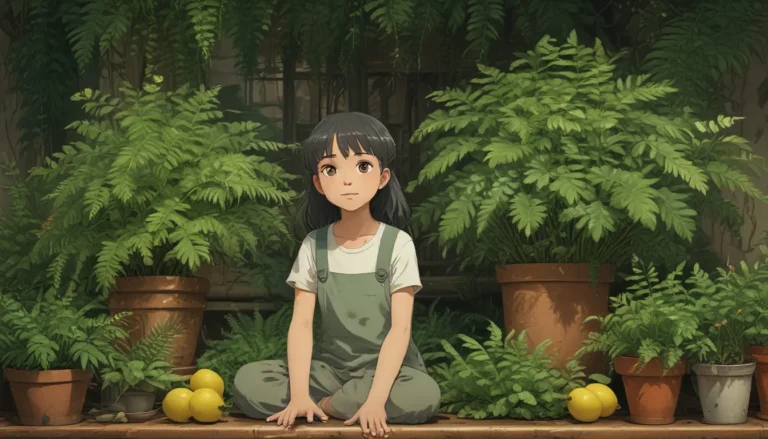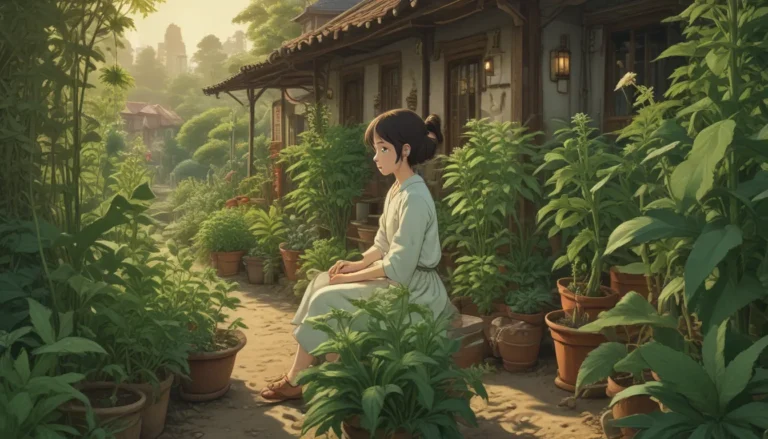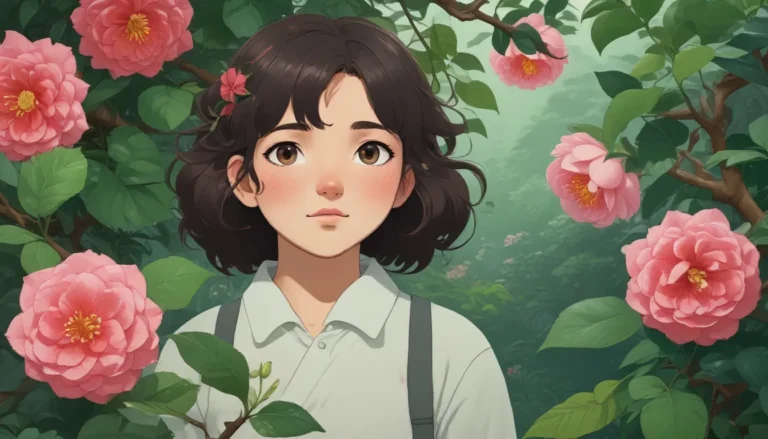Why Daffodil Foliage Turns Yellow: 7 Common Causes and Solutions

Are you a fan of daffodils, those cheerful, bright flowers that signal the arrival of spring? If so, you may have noticed that the lush green leaves can sometimes start turning yellow, which can be concerning. But fear not! In this comprehensive guide, we’ll explore the top reasons why daffodil foliage turns yellow and provide you with practical solutions to address each issue.
So, grab a cup of tea, sit back, and let’s dive into the world of daffodils!
Understanding Daffodil Foliage Yellowing
Daffodils are charming flowers that bring life and vibrancy to any garden. The transition from rich green foliage to yellow leaves can be a natural part of the plant’s life cycle. However, in some cases, yellowing foliage can be a sign of underlying issues that need to be addressed promptly.
Before you hit the panic button, let’s explore the seven main reasons why daffodil foliage turns yellow and what you can do to prevent it.
1. Basal Rot
Basal rot, caused by the Fusarium oxysporum fungus, poses a significant threat to daffodil bulbs. Infected bulbs cannot be salvaged, so prevention is crucial. Ensure to inspect bulbs before planting and discard any that show signs of infection.
- Check for pinkish-white fungus on the basal plate.
- Softness or discoloration on the bulb are red flags.
- Dig up and discard any rotting bulbs.
- Treat healthy bulbs with a fungicide before replanting.
2. Lack of Sunlight
Daffodils thrive in full sun and require at least six hours of sunlight daily for optimal growth. If your plants are not blooming and the leaves are turning yellow, inadequate sunlight could be the issue.
- Dig up bulbs and replant them in a sunnier spot.
- Avoid cutting back foliage prematurely to ensure proper photosynthesis.
3. Leaf Scorch
Peyronellaea curtisii, a fungal pathogen, causes leaf scorch disease in daffodils. Symptoms include yellowing leaves with reddish-brown tips and brown spots on the foliage.
- Promptly trim affected foliage and sanitize garden tools.
- Discard infected bulbs and rotate planting beds to prevent spread.
- Avoid overwatering to minimize the risk of infection.
4. Maturity
Yellowing foliage after daffodil blooms have withered is a natural part of the plant’s lifecycle. The leaves have completed their photosynthesis work and are preparing the bulbs for dormancy.
- Allow leaves to turn fully yellow and brown before cutting them off.
- Avoid premature removal to ensure energy replenishment for the next season.
5. Narcissus Yellow Stripe Virus
Narcissus yellow stripe virus causes light green streaks on daffodil leaves and can distort foliage. As there is no cure for this virus, affected bulbs must be disposed of promptly.
- Look out for aphids, which can spread the virus.
- Purchase certified virus-free bulbs to prevent infection.
- Practice good garden hygiene to minimize disease transmission.
6. Nutrient Deficiency
Overcrowding and nutrient deficiencies can lead to premature yellowing of daffodil leaves. Conduct a soil test to identify nutrient deficiencies and provide fertilization accordingly.
- Divide and replant bulbs to provide ample space.
- Fertilize based on soil test results to address deficiencies.
- Proper soil management is key to maintaining healthy daffodil plants.
7. Root Rot
Root rot, a fungal infection, can cause yellowing, stunted leaves in daffodils. Ensure proper soil drainage and avoid overwatering to prevent this issue.
- Check for soggy soil around the bulbs.
- Remove diseased bulbs and treat healthy ones with fungicide.
- Sanitize garden tools and practice good soil management to prevent root rot.
Conclusion: Keeping Your Daffodils Happy
In conclusion, yellowing daffodil foliage can be attributed to various factors, from fungal infections to nutrient deficiencies. By understanding the underlying causes and implementing appropriate solutions, you can keep your daffodils healthy and vibrant year after year.
Remember, daffodils have their unique life cycle, and some yellowing of leaves is a natural part of the process. Allow the foliage to complete its cycle before removing it to ensure your bulbs have the energy they need for the next flowering season.
If you’ve encountered yellowing foliage in your daffodils, share your experience with us in the comments. We’d love to hear from you and provide further assistance if needed.
For more information on daffodil care and maintenance, check out our related guides:
- How to Grow and Care for Delightful Daffodils
- 5 Reasons Why Your Daffodils Aren’t Blooming
- How to Divide and Transplant Daffodil Bulbs
Thank you for joining us on this enlightening journey through the world of daffodils. Happy gardening!





